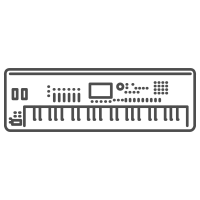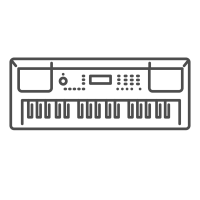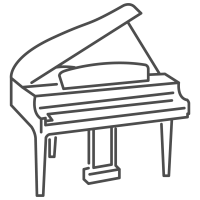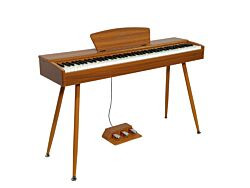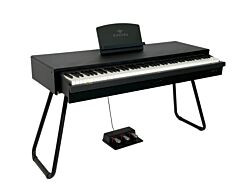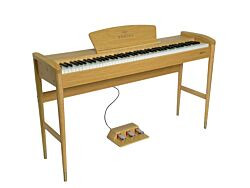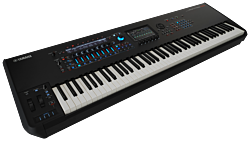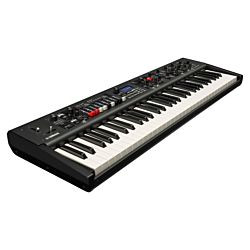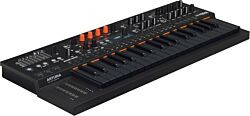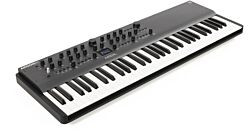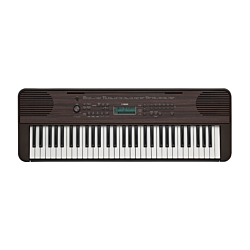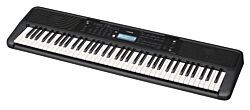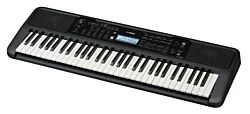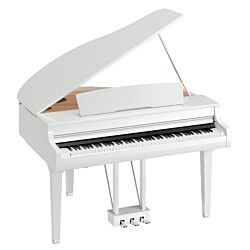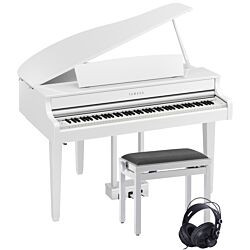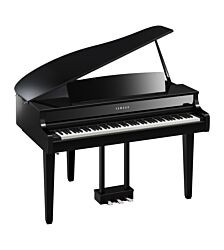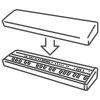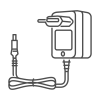Should you choose a digital piano or an acoustic one? What are the pros and cons?
You actually don’t have to pick one or the other – there’s also something in between. It can be a little difficult to distinguish the differences, and that is why we made this article!
We will go over the following types of instruments:
-
Digital piano
-
Hybrid Piano
-
Silent Piano
-
Acoustic Piano
Digital
In one end of the … you’ll find the all-digital piano. The keyaction of this type of piano is an imitation of the keyaction of the acoustic piano. Is has fully weighted keys, but the mechanics of the action, is smaller and far less advanced than the action of an acoustic piano.
The budget-friendly models have a pretty simple keyaction, but when you move up the line, the more advanced they get. The more advanced the keyaction, the more responsive and dynamic the playing experience.
A digital piano has no strings inside, which is a practical advantage. You will never have to tune your piano, and it is possible to adjust the volume, as well as connecting the piano to your headphones. The piano must be plugged into an electrical socket because it runs on power. It has a digital sound engine, a sort of computer, that generates the sounds of the piano.
Some people might think that the sounds from a set of speakers, does not compare to those from an acoustic piano. While that may be true, there are many other perks from buying digital. You get a selection of features and functions as well as an extended sound-library. You can play with different instrument sounds, such as e-piano, harpsichord, organ, strings and much more.
Digital pianos are available in almost all shapes and sizes; very light and portable stage pianos, as well as heavy grand pianos that can play as loudly as any acoustic grand piano.
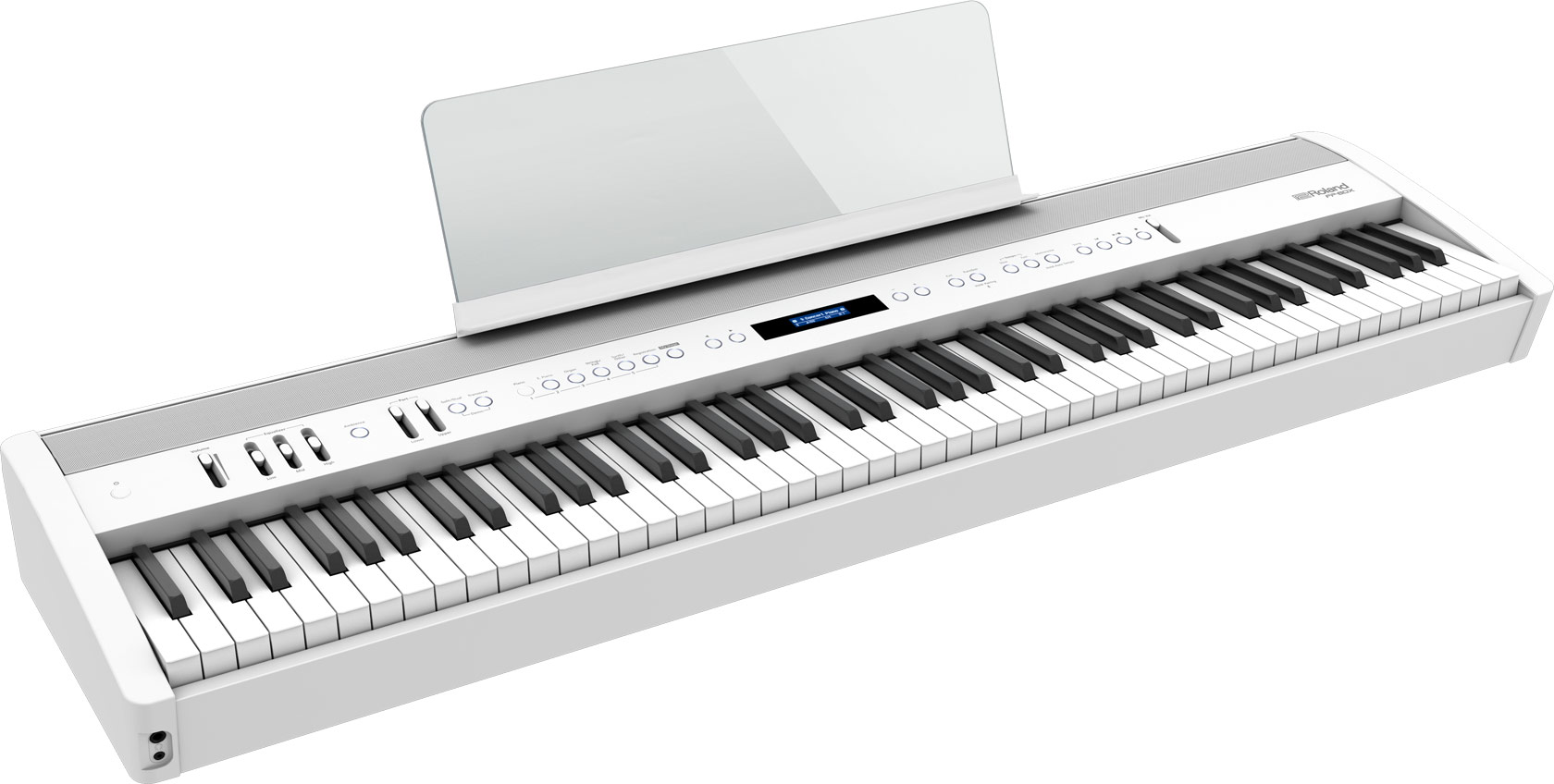
Hybrid
The hybrid piano is an interesting combination of digital and acoustic. These pianos still have a digital sound engine, and therefore the same practical advantages as a fully digital piano. But instead of the smaller, less advanced keyactions, this type of instrument has a real, acoustic keyaction.
That means, that the touch and feel of the keys, are exactly like the one you would find in an acoustic piano - it has hammers and escapement and all the mechanics that comes along. The hammers movement are registered by sensors, instead of string. That way, you can still adjust the volume, play with headphones and, furthermore, you won’t ever have to tune it.

Hybrid pianos are usually quite big. That is because there must be enough space for the many parts of the mechanics. The upright models look almost identical to acoustic upright pianos. The grand piano models, on the other hand, have a rather special design – the cabinet is quite deep, as to make room the mechanics that are lying down horizontally, just like an acoustic grand. But the round end of a usual grand piano has been “cut off”, giving this instrument a unique look.
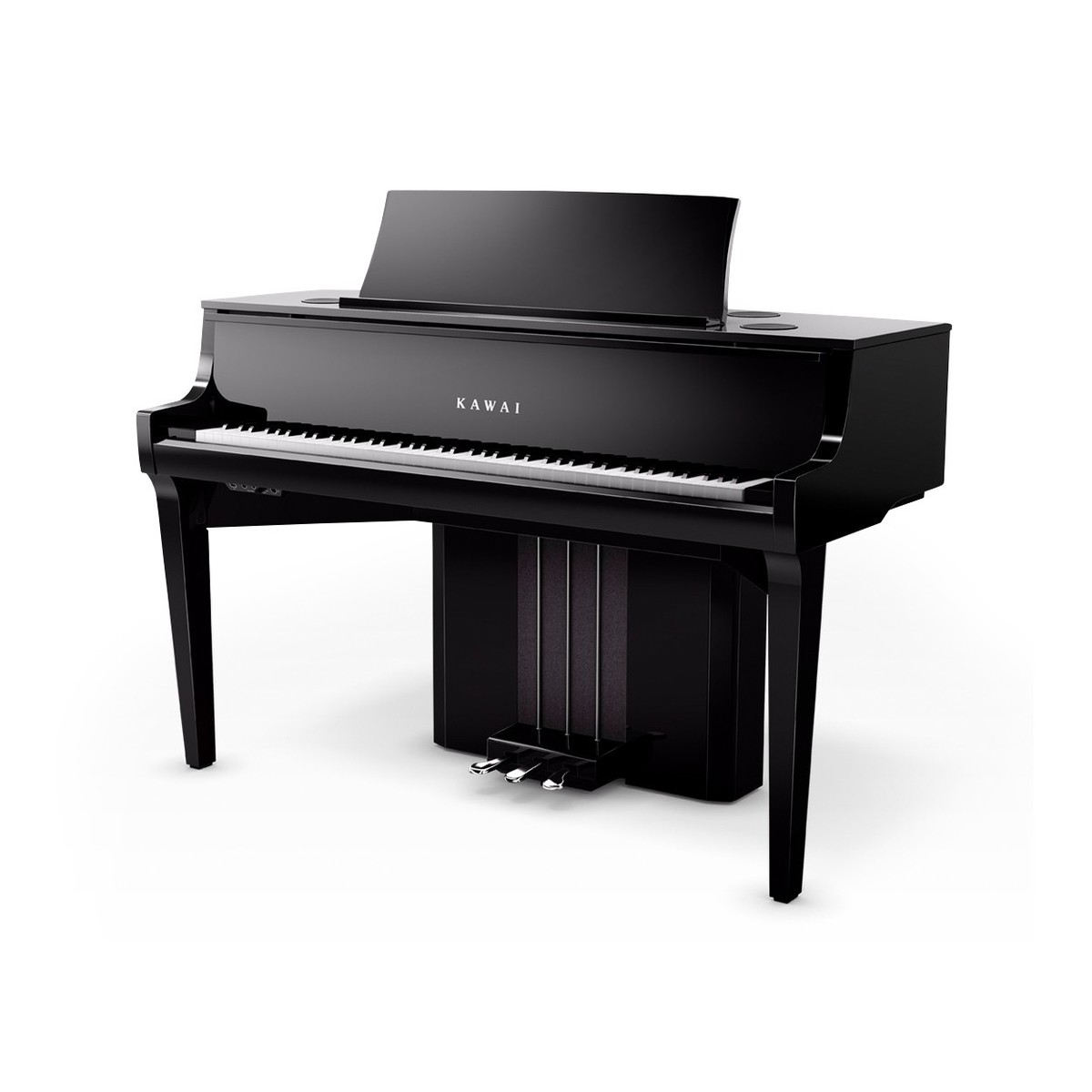
Silent
Silent Pianos are also a combination of the digital and the acoustic piano. You might call it a “jack-of-all-trades” – because it has all you can ask for. You can play this piano with headphones or completely without any digital components. Some Silent pianos even has transducer speakers connected to the soundboard, making it possible to adjust the volume, or playing with other instrument voices, such as harpsichord and organ.
A silent piano is first and foremost an acoustic piano - but is has some extra features. These are the “mute-function” and the digital sound engine.
On most models, the silent function is activated with the middle-pedal; the sostenuto. When you push it to the side, a thin bar will be placed between the hammers and the strings. That way, the strings cannot make any noise – you are now playing from the sound engine instead.
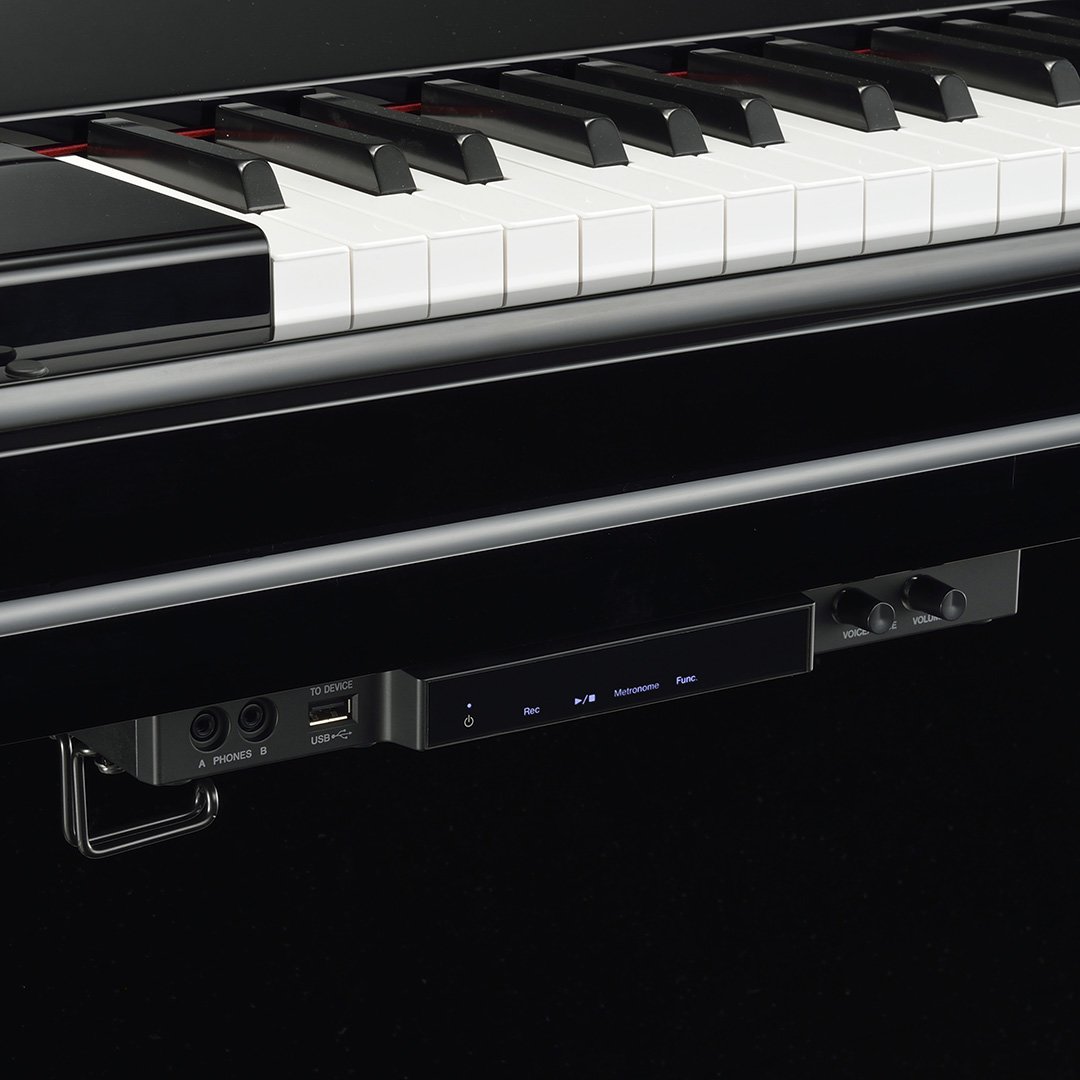
This type of instrument are available as upright pianos as well as grand pianos. They could easily be taken for a traditional acoustic piano, if it wasn’t for the little box underneath the keys, that you plug your headphones into.

Acoustic
A good, old-fashioned piano, like the one in your childhood home.
These pianos have been manufactured for hundreds of years and use no power whatsoever - it is all mechanical. The sounds are made from the strings and the cabinet itself.
When pressing a key on a piano, a hammer is activated, and it hits the corresponding string. The string starts to vibrate which produces the note.
Acoustic pianos have the longest lifespan because it can easily be repaired. It is not unusual for a piano of this type to be more than a hundred years old.

There are many different types of designs for acoustic pianos since they’ve been around for so long. From small, delicate spinets to big, roaring concert grands.

Summery:
There are many types of pianos, that cover different needs. Both for the hobby pianist, for the touring musician and for concert artists. The instruments are available in different prize ranges; the cheapest are to be found in the first category, the fully digital pianos.
Hybrid pianos, Silent pianos and acoustic pianos are usually a bigger investment, but they offer an incredible playing experience plus some practical advantages.


